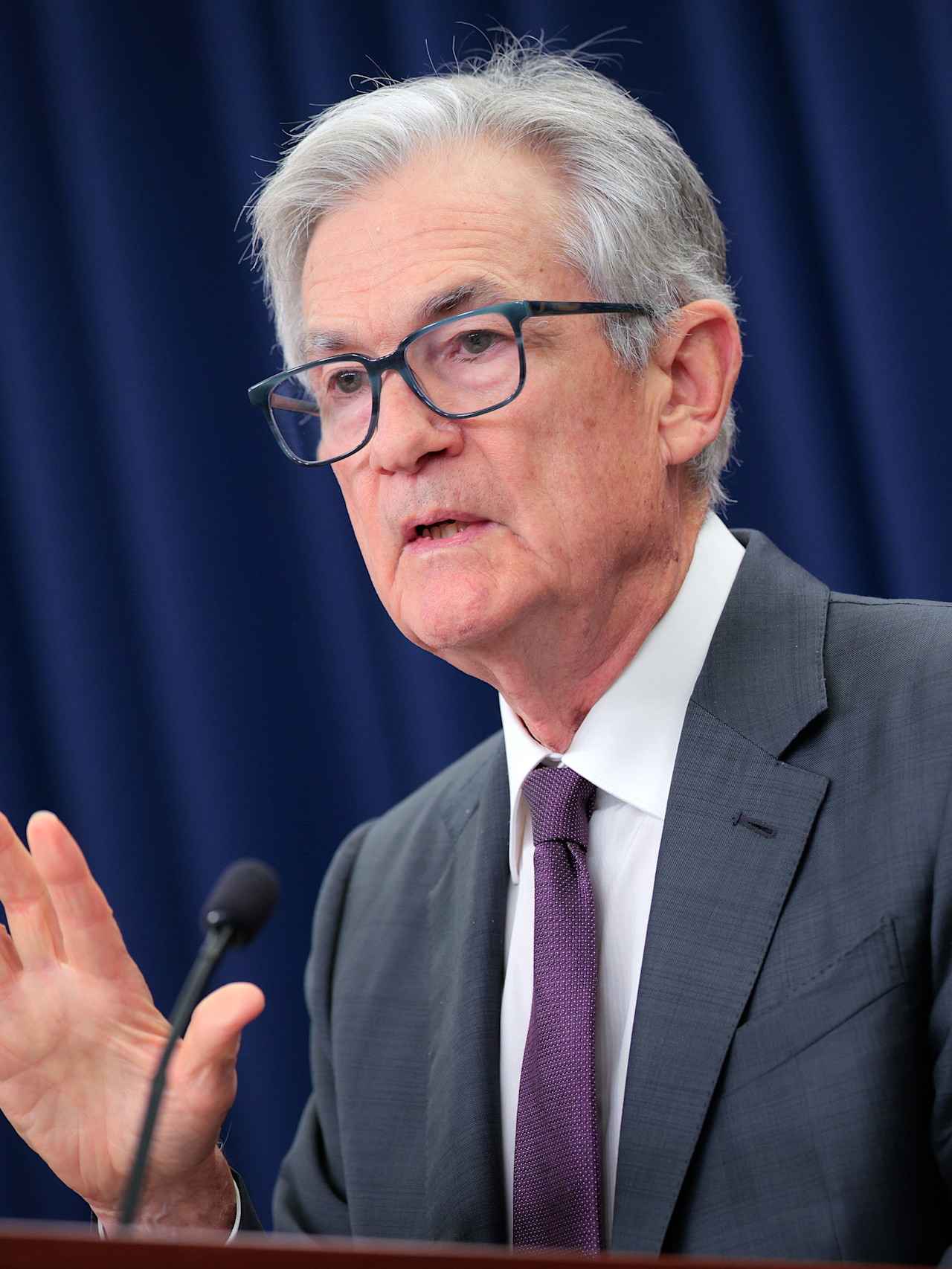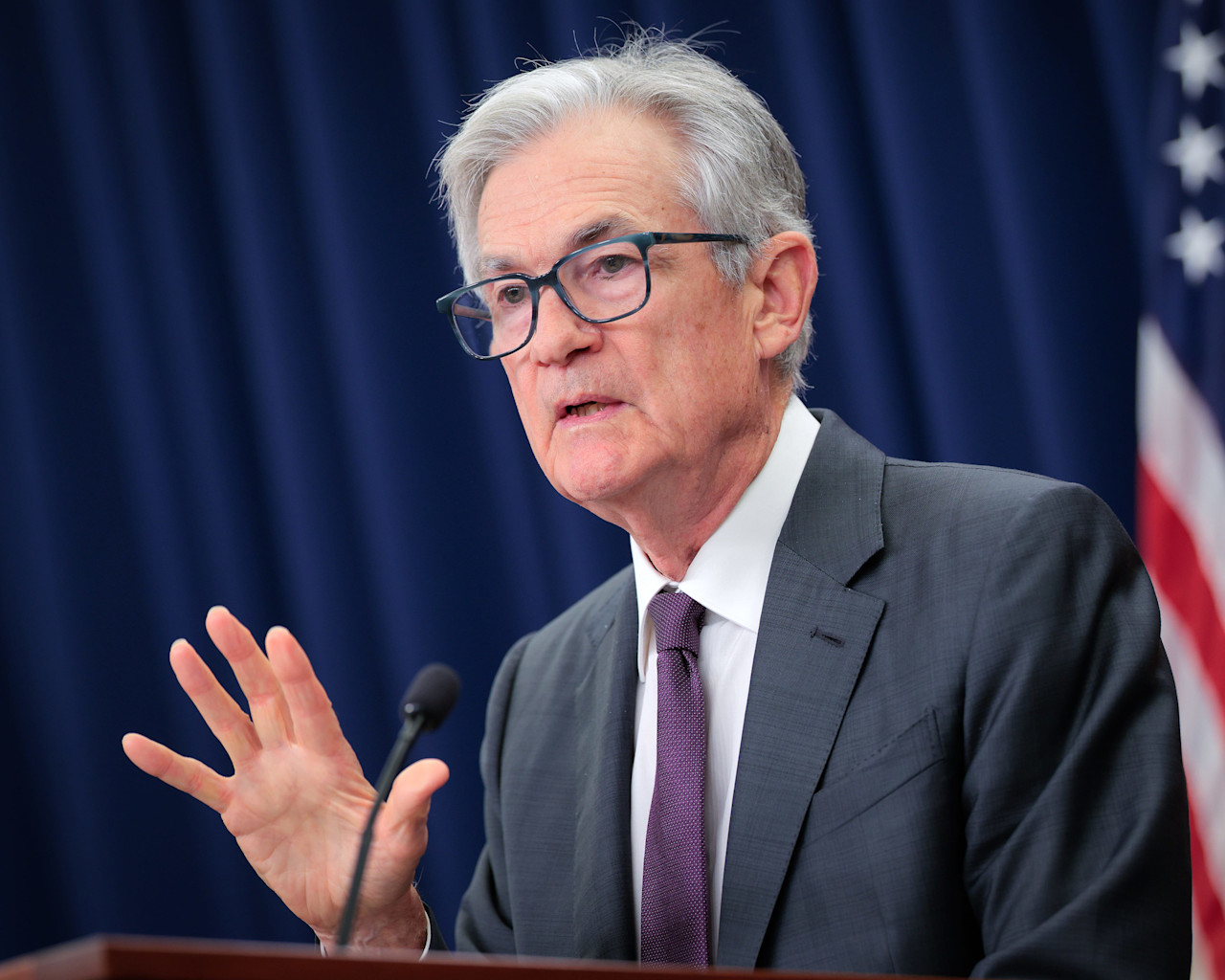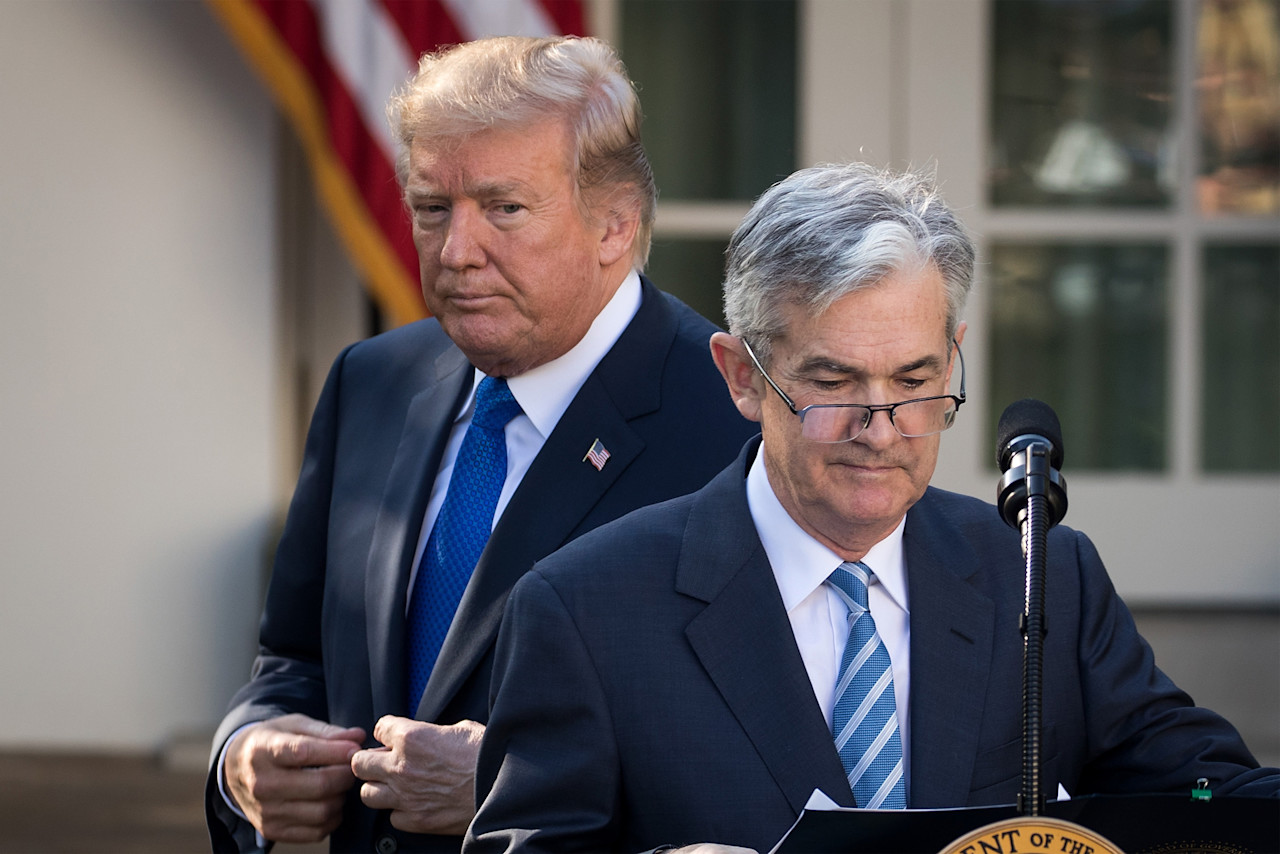

Inflation’s bite is worse than its bark
Markets are barking up the wrong tree if they think interest rates will come down before inflation does, says multi-asset investor Colin Graham.
Summary
- Central banks can’t lower rates until the inflationary spiral is defeated
- Higher government spending will cause additional macro headwinds
- Tighter monetary policy to lead to much lower nominal economic growth
Central banks have raised rates multiple times in the past year since the Russian invasion of Ukraine sparked global price rises, led by energy and food. The US Federal Reserve has raised its core rate nine times since March 2022, a month after the war began. They now stand at 4.75-5.0%, their highest since 2006, and up from the zero rates that prevailed since the Covid crisis began in 2020.
The European Central Bank has upped its core rates six times in a row from below zero before the pandemic to 3.5%, while the Bank of England has raised rates ten times from almost zero to the present 4.25%. All have done so to rein in double-digit inflation which has reached 40-year highs.
The market consensus expects rates to start coming down later this year, not least to head off any recessions that are also expected. Just don’t hold your breath, now that the inflation dog has finally barked more than a decade after it was first supposed to, says Graham, Head of Multi-Asset Strategies at Robeco.
“The narrative following the global financial crisis was that the unprecedented injection of money and liquidity into the system would lead to a massive inflationary spike, even though we were staring down the barrel of a deflationary spiral,” Graham says in the April monthly outlook.
“Until recently, this did not produce price inflation in the real economy; indeed, inflation in goods and services did not pick up until Covid caused supply-chain issues from 2020. Hence, monetary policy could remain easy, and central banks’ balance sheets could stay bloated for much longer.”
“Central banks did not worry about this. They always believed they had the tools to dampen inflation, by raising the price of money through interest rates, or by reducing the quantity of money using quantitative tightening.”
“Now that the inflation dog is barking, central banks are raising rates quickly, but they face the additional headwind of government spending through things such as the US Inflation Reduction Act and energy subsidies that have made their job a lot harder.”
Are we back to the 1970s?
The current inflationary spiral has drawn parallels with the 1970s and the OPEC capacity cuts of 1973, which caused an energy price spike. This eventually led to higher wage demands, strikes, recessions and rising rates that entered double figures as governments battled to bring down prices for the rest of the decade.
“The implications are problematic because the path to lower inflation and higher unemployment without a hard landing has narrowed significantly,” Graham says. “The tight labor market is fueling increased wage demands, which is the clearest indicator that higher inflationary expectations are becoming embedded in consumers' psyche.”
“Unless monetary policy tightens, a spiral of higher prices will lead to higher wages, leading to even higher prices – textbooks from the 1970s show just how detrimental to stability this spiral can be. Currently, monetary policy is still loose due to the wide availability of credit and negative real rates.”
“So, even if we are close to peak rates, rate cuts are not around the corner unless there is a financial accident. This is where our views differ from the market consensus, which expects the Fed to cut rates soon and the ECB towards the end of the year.”
Get the latest insights
Subscribe to our newsletter for investment updates and expert analysis.
No longer behind the curve
Graham says that so far, the withdrawal of monetary policy support has gone smoothly, and the parts of the system where the excessive leverage flowed in the zero-rates eras are slowly being uncovered.
“The narrative that central banks are behind the curve has died away, except maybe in Japan,” he says. “Central banks in less-developed markets that started their tightening cycles long before the ECB and Fed have room to cut rates, because domestic inflation has already fallen.”
But there could still be a ‘financial accident’ that brings parallels with the 2008-09 crisis rather than with the 1970s, he says. The collapse of the Silicon Valley Bank and the forced takeover of the troubled Credit Suisse by UBS shows that parts of the banking sector are still dangerously fragile.
Duration mismatch proves costly
“In the US, regulation on regional banks was eased in 2018, allowing smaller banks to hold long-duration bonds on their balance sheets using cash deposits, thus creating a duration mismatch,” Graham says.
“US Treasuries are considered a risk-free asset, and so banks buying Treasuries with cash deposits could increase their profitability when yields fell. As US bond yields spiked higher this year, ‘paper’ losses were made at the same time that depositors’ cash burns increased, caused by a lack of new capital for start-up activities.”
“Banks’ clients withdrew deposits to fund their activities, which meant banks with a duration mismatch had to sell bonds to honor the withdrawals, crystalizing their balance sheet losses. This created a doom loop as other customers saw their deposits at risk and withdrew their cash, exacerbating the liquidity mismatch for the bank.”
“Social media and electronic banking sped up this doom loop as liquidity risk morphed into a wider solvency issue.”
Another doom loop?
So, are we facing another doom loop? No, but don’t expect rate cuts that would theoretically ease this particular problem, Graham says.
“The situation has similarities with 2008, but is not as serious, since much of the excess money has flowed into private assets, while banks’ asset quality is higher due to post global financial crisis regulation,” he says.
“The cracks appearing due to tighter monetary policy are a normal process of shining a light into parts of the system that thrived in a zero cost of capital world, and the good news is that the real economy is still strong.”
“Our core investment scenario is for tighter monetary policy to lead to much lower nominal economic growth later this year, though we believe that central banks do not have room to cut rates until inflation is defeated or economic growth slumps precipitously.”
Important information
The contents of this document have not been reviewed by the Securities and Futures Commission ("SFC") in Hong Kong. If you are in any doubt about any of the contents of this document, you should obtain independent professional advice. This document has been distributed by Robeco Hong Kong Limited (‘Robeco’). Robeco is regulated by the SFC in Hong Kong. This document has been prepared on a confidential basis solely for the recipient and is for information purposes only. Any reproduction or distribution of this documentation, in whole or in part, or the disclosure of its contents, without the prior written consent of Robeco, is prohibited. By accepting this documentation, the recipient agrees to the foregoing This document is intended to provide the reader with information on Robeco’s specific capabilities, but does not constitute a recommendation to buy or sell certain securities or investment products. Investment decisions should only be based on the relevant prospectus and on thorough financial, fiscal and legal advice. Please refer to the relevant offering documents for details including the risk factors before making any investment decisions. The contents of this document are based upon sources of information believed to be reliable. This document is not intended for distribution to or use by any person or entity in any jurisdiction or country where such distribution or use would be contrary to local law or regulation. Investment Involves risks. Historical returns are provided for illustrative purposes only and do not necessarily reflect Robeco’s expectations for the future. The value of your investments may fluctuate. Past performance is no indication of current or future performance.
























